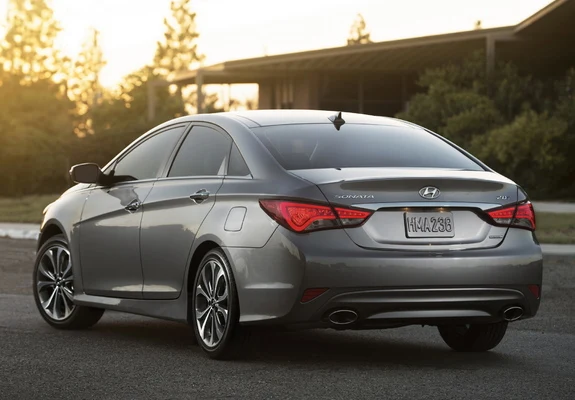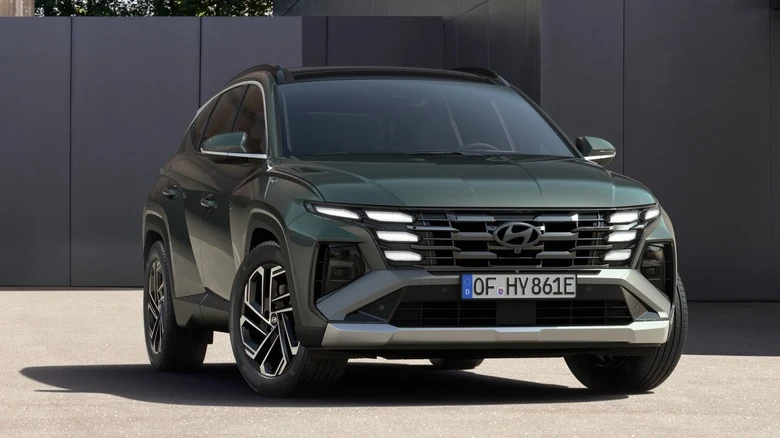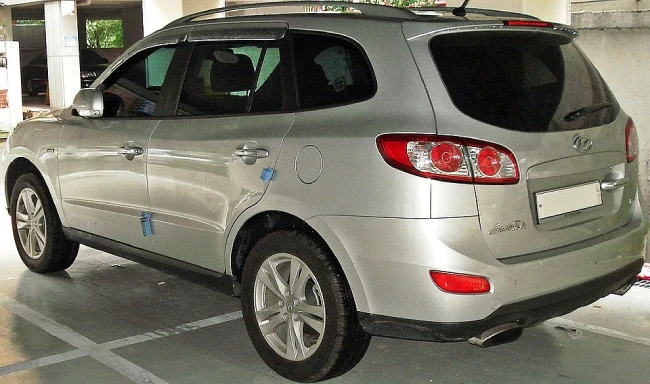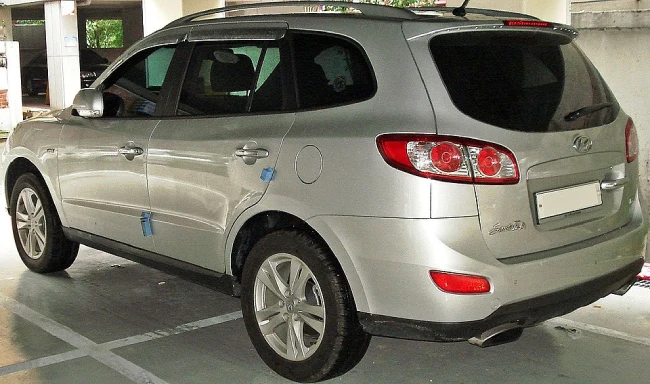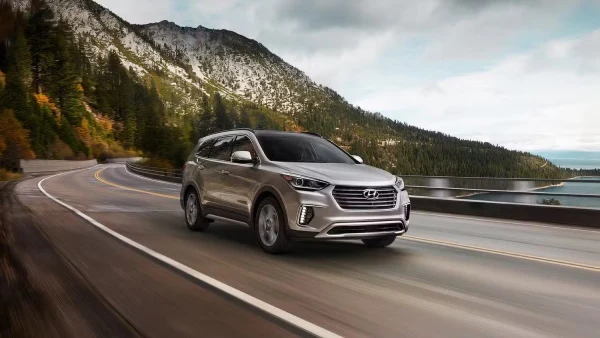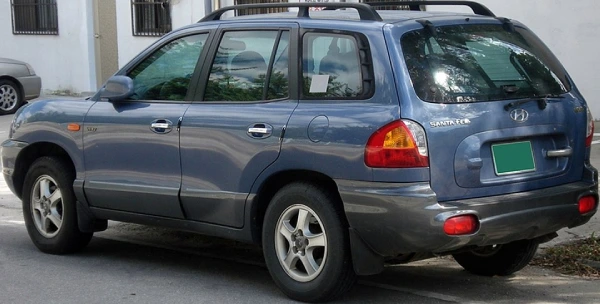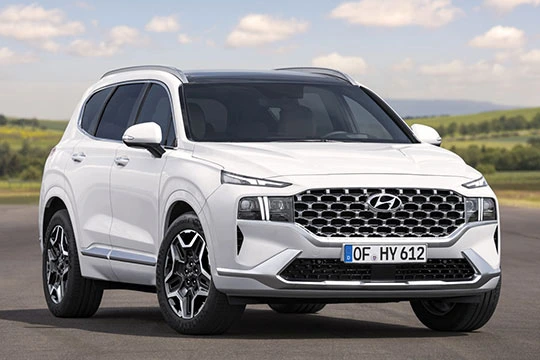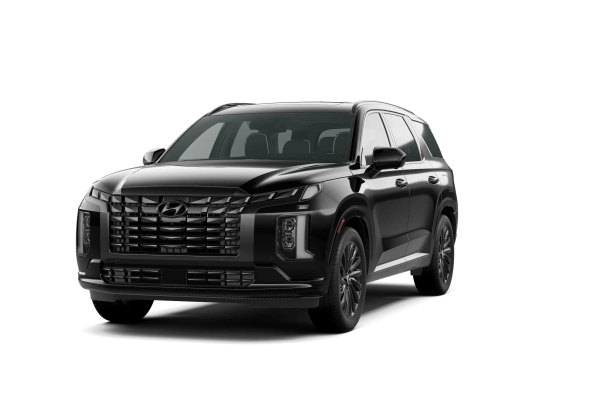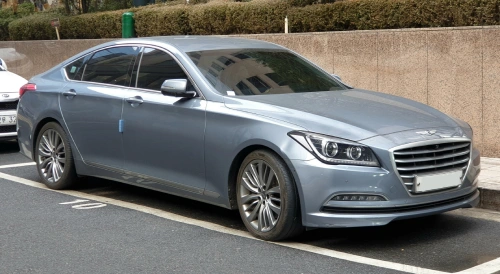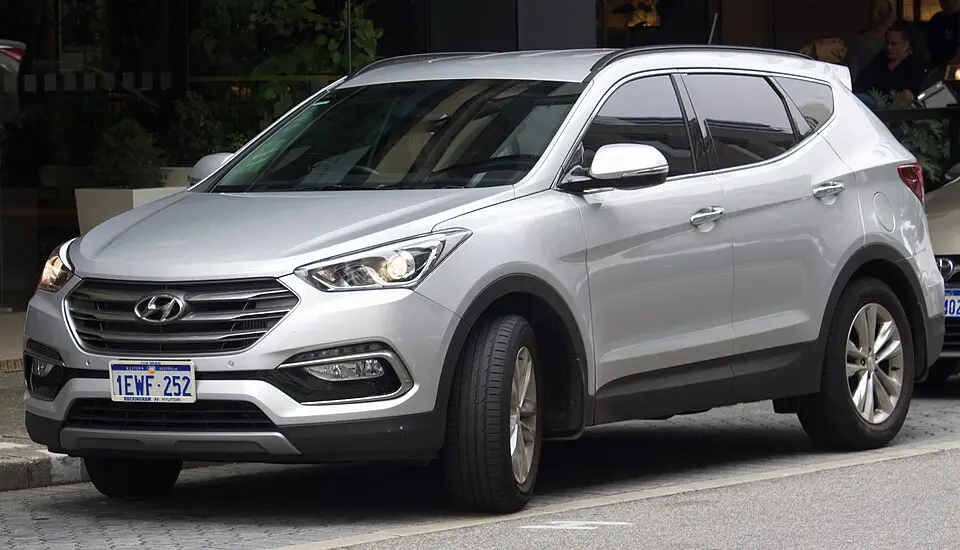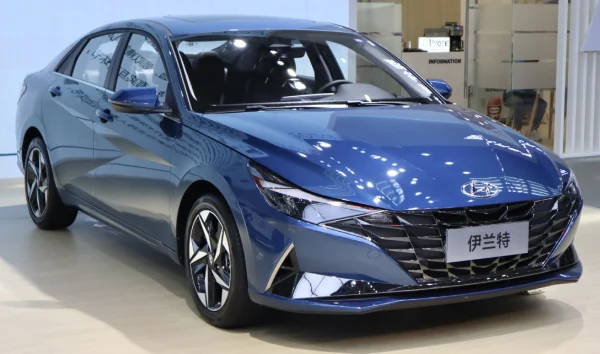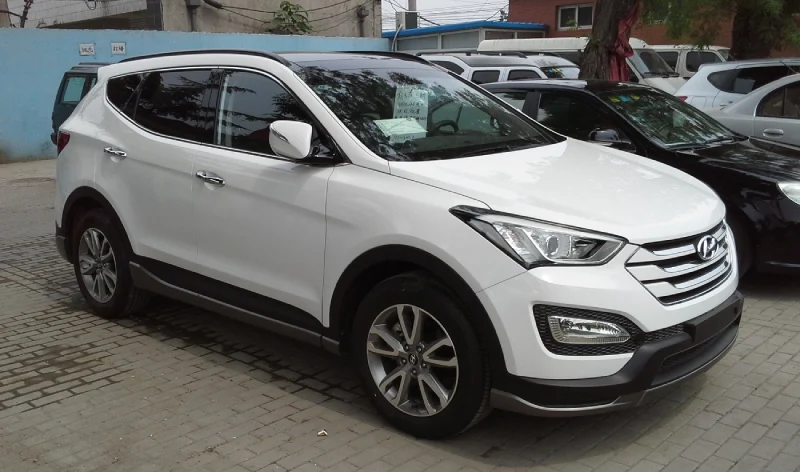Introduction: Hyundai’s Transformation from Budget Brand to Sophisticated Competitor
Recall when Hyundais were the reasonably poor substitutes for popular Hondas, Nissans, and Toyotas? They were the cheap ones. Particularly with the Hyundai Sonata midsize sedan, these days the reverse is sometimes true.
Last redesigning the Sonata for the 2011 model year, Hyundai brought with it a luxury look for the general public and sophisticated elegance. The Sonata confronts more competition in 2013 as numerous revamped midsize cars hit the market, but Hyundai chooses to keep modifications to the recipe of its best-selling sedan limited. For today, too.
We borrowed this 2013 model in 2.0T Limited trim and spent a week whooshing around Southern California with a family of four aboard to see how the three-year-old sedan might stack up, given the approaching arrival of new competitiveness. Based on our experience, if members of the newest generation of family automobiles wish to persuade family sedan purchasers to bypass the Hyundai showroom, they must be quite remarkable.
Trim Levels and Pricing: Options for Every Buyer
The 2013 Hyundai Sonata range comprises a few distinct variants:
- 2.0T Model: Turbocharged 2.0-liter four-cylinder engine available in SE and Limited trims.
- Standard Model: Normally aspirated 2.4-liter four-cylinder available in GLS, SE, and Limited trims.
- Hybrid Model: Combines a 2.4-liter four-cylinder engine with an electric motor and lithium polymer battery pack, with an electric-only top speed of 62 mph.
Prices start at $20,895 for a Sonata GLS, with a loaded Sonata Hybrid priced at over $32,000 (2012 prices). Our test vehicle, a loaded Sonata 2.0T Limited with the Limited Premium Package, optional floor mats, cargo net, and iPod cord, had a window sticker of $31,655.
Considering it includes the more potent turbocharged engine, 18-inch aluminum wheels, leather seats, dual-zone automatic climate control with rear seat vents, a power panoramic glass roof, premium Infinity audio system with satellite radio, navigation, reversing camera, and more, this price offers competitive value among midsize sedans.
Competition Heat Up: The Midsize Sedan Market in 2013
The Sonata, revised for 2011, became the third best-selling vehicle in the midsize family sedan market after the Honda Accord and Toyota Camry — a major accomplishment. By 2013, however, the Sonata’s success is seriously threatened.
The competition includes:
- Honda Accord: Fully revamped for 2013.
- Toyota Camry: Overhauled in 2012.
- Chevrolet Malibu: New 2013 model launching.
- Volkswagen Passat: Larger and more sought-after 2012 variant.
- Subaru Legacy: Modernized all-wheel-drive 2013 version.
- Kia Optima: Stylish, elegant, and value-packed Korean rival.
- Mazda 6: Completely rebuilt upcoming model.
- Ford Fusion: Drastically rebuilt 2013 model with luxury style, premium materials, latest technologies, and an accessible all-wheel-drive system.
If any rival is ready to cause damage to Hyundai’s midsize sedan appeal, it’s the new Fusion — a luxury-leaning competitor with sportier credentials.
Exterior Styling: Fluidic Sculpture and Design Language
When first viewed under fluorescent lights in GLS trim, the Sonata’s design might seem unremarkable. However, in daylight and higher trims with aluminum wheels, the Sonata’s gleaming, wide-eyed face with unusual chrome spears running from the headlights to the greenhouse looks impressive.
The design has evolved significantly since its introduction, though some remain unconvinced by the front fascia. The rest of the car features complementary forms and flowing character lines that link harmoniously.
Hyundai calls this design philosophy “Fluidic Sculpture,” resulting in a stylish, sleek, and elegant car, especially in upper trims. While the rippling grille divides opinion, the overall look is balanced.
Panoramic glass roofs are available as part of the Limited Premium Package, enhancing the vehicle’s upscale appeal.
Interior Comfort and Quality: A Family-Friendly Cabin
Step inside the Sonata 2.0T Limited and you find an attractive two-tone cabin with materials that look and feel premium. The eight-way power driver’s seat offers an absurdly wide range of adjustments fore, aft, and height-wise, ensuring drivers of all sizes find a comfortable position behind the tilt/telescopic steering wheel.
Limited trims include heated front seats and rear seat vents, with rear seats that are well-shaped and comfortable with adequate thigh support. Rear passengers will not be disappointed by the space and comfort.
However, the front passenger seat has only four-way manual adjustment and sits quite low, which older or taller passengers might find uncomfortable—our 73-year-old father grumbled about needing a booster seat, and a retired uncle declined the Sonata for this reason.
Controls and Technology: Navigating the Interface
The Sonata’s navigation and audio controls take some getting used to. The speaker grilles are honeycomb-patterned but can leave impressions on bare legs, a minor annoyance.
Key controls for the stereo and navigation are complicated initially, often causing momentary confusion when trying to adjust temperature, change radio stations, or access maps.
Performance: Turbocharged Power and Driving Dynamics
The direct-injected turbocharged 2.0-liter four-cylinder engine in the Sonata 2.0T produces an impressive 274 horsepower and 269 lb-ft of torque. Torque peaks early, between 1,750 and 4,500 rpm, providing strong midrange power.
Launches from a stop require a moment for torque to engage, and excessive throttle can cause front-wheel spin. The car includes paddle shifters for manual control of gear changes, paired with a six-speed automatic transmission. Downshifts are not rev-matched, sometimes resulting in abrupt shifts.
EPA fuel economy estimates stand at 22 mpg city, 34 mpg highway, and 26 mpg combined. Our real-world mixed driving returned just 21.8 mpg.
Driving Experience: Comfort Meets Sportiness
Driving the 2013 Hyundai Sonata 2.0T feels like sliding into a familiar, comfortable pair of pants. This sedan delivers a “whoosh” sensation whether on warm coastal roads or cooler mountain passes.
Standard 18-inch wheels and 225/45 Hankook Optimo tires, combined with a four-wheel independent suspension, provide solid pavement grip and a generally comfortable ride. Some freeway joints caused minor twitches, but overall ride quality is more than acceptable for family drivers.
The Limited trim’s suspension allows more body roll compared to the sportier SE trim, which has firmer suspension and sport-tuned electronic steering — a combination that transforms the Sonata into a surprisingly competent canyon carver.
Electric steering has improved dramatically, feeling natural, accurate, and sensitive off-center, overcoming previous complaints about vague steering feel.
The braking system resists fade even on steep downhill stretches, such as the Santa Monica Mountains.
Interior Ergonomics and Visibility
The eight-way power driver’s seat offers a flawless driving posture behind a leather-wrapped steering wheel. Forward sightlines are excellent, and side mirrors are designed to reduce blind spots more effectively than in many cars.
Rear visibility is hindered by large headrests and a fastback design, but models equipped with navigation include a reversing camera to assist backing up.
Pros and Cons Summary
Pros
- Attractive, elegant exterior design
- Strong turbocharged engine with excellent midrange torque
- Balanced ride and handling, especially in sportier trims
- Comfortable and highly adjustable driver’s seat
- Spacious rear seats and trunk
- Good crash-test performance
- Competitive pricing and warranty
Cons
- Front passenger seat lacks height adjustment, causing discomfort for some
- Grille design polarizes opinions
- Navigation and audio controls have a steep learning curve
Conclusion: A Well-Rounded Sedan for the Discerning Buyer
The 2013 Hyundai Sonata 2.0T Limited offers a compelling blend of style, performance, comfort, and value. It stands tall against a fiercely competitive midsize sedan segment, bringing luxury touches previously unseen in Hyundai’s lineup.
With strong turbocharged power, improved steering feel, and a comfortable interior, the Sonata appeals to families looking for sophistication without an exorbitant price tag. Minor flaws in passenger seat ergonomics and control usability are outweighed by its overall strengths.
For buyers seeking a family sedan that looks and feels more expensive than its sticker price, the Sonata remains a worthy contender.
